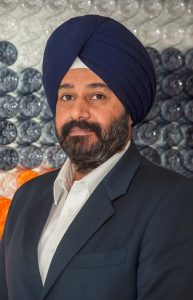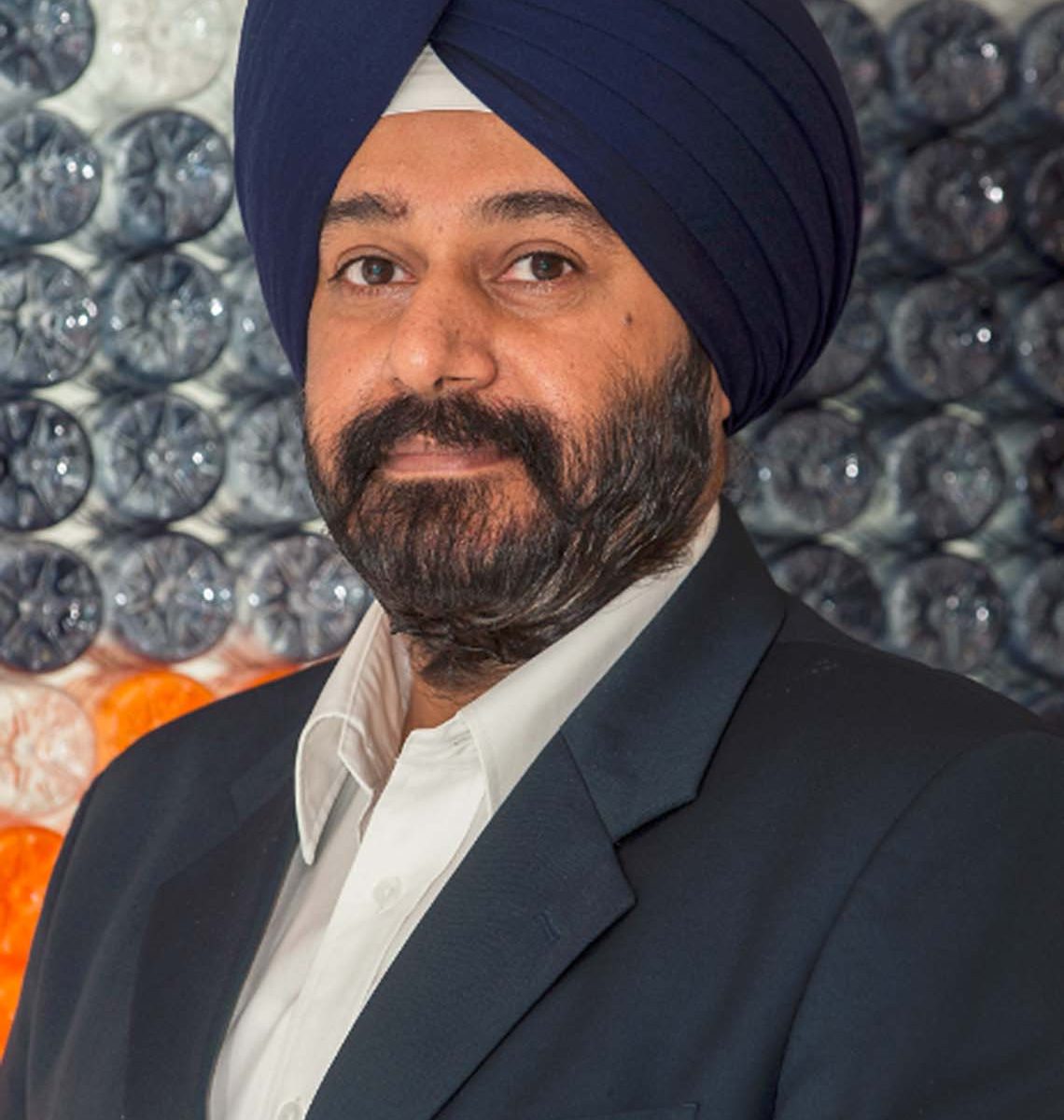 Benjamin Daniel (BD): So how has this year been for Sidel in terms of business?
Benjamin Daniel (BD): So how has this year been for Sidel in terms of business?
Harbinder Kathuria (HK): 2018 for the region, Middle East & Africa, has been quite good. It’s mainly because of Africa. Africa has really gone to the next level for us. Compared to 2017, Middle East is moving in the positive direction. It’s still not to the levels of what it was in the past but it has recovered substantially in 2018. We hope this momentum continues for a while.
BD: What is your strategy for the future especially with brands changing their approach toward multiple SKU’s and filling lines with shorter runs and smaller portions?
HK: My reply has two dimensions. One is the pack size going small. The market, especially the CSD (full form????) market has trended towards very small sizes of 250ml becoming a standard. Secondly, we also see similar trends in water. Our strategy is to put up quick changeovers, which is an optional upgrade to existing machines. So when you have to do multiple SKU’s you can switch from one to the other. We also do automatic changeovers wherever we can possibly do. This means there will be minimum interaction with the machine. The machine can do the changeover by itself. These are becoming more popular and in demand now.
We are also making faster lines because smaller packs are a volume game and speed is crucial here.
We are also introducing innovations in extending the shelf life of small products.
BD: These innovations are on the packaging structure or on the material?
HK: On the material; PET is a material that is recyclable. One of its properties is that it’s porous. So when you fill in CSD, our technology called Actis impregnates carbon molecules into the PET, which is anyway made of carbon and hydrogen. This blocks the porous holes in the bottle. So basically it improves the barrier properties seven times depending on the coring.
BD: Does this also increase the shelf life substantially?
HK: Absolutely. We will shortly have a success story on this technology for CSD application. Other applications for this are sensitive products like cheese where the problem is not CO2 escaping but oxygen coming in. When your product is sensitive to oxygen, the porosity of the packaging works in the reverse way as well. Oxygen can damage the product. Juices with high level of vitamin-C are also prone to this. We are able to use this technology there as well.
BD: With the whole packaging value chain going circular and most of the brands are moving towards it?
HK: Essentially it’s a very broad field. So the role of a supplier like us is quite limited. However we are doing our bit. First of all PET is a 100% recyclable material and we work with it. The challenge that we see is the collection of used PET. In countries like Germany where the PET collection is almost 90%, we recycle almost 97% of this collected material. In other places, the global average is probably less than 10%. So I think a lot of effort has to go into collection of used PET.
BD: Where does Sidel stand on circular economy? What is your contribution towards a circular economy as a machine manufacturer?
HK: We can confirm that we design our machines to be able to handle recycled PET, called rPET, which is a mixture of recycled material and virgin PET. We are in a position to process that. This we showed at the K show long back. We can process rPET with 50% and more recycled material mixture. The product integrity and parameters will still be maintained. The other aspect is the regulations. In many countries rPET is not allowed as a food contact material. Regulations will evolve, of course.
To reduce the carbon footprint, we are going higher in speeds. This impacts the total cost of ownership (TCO) as well as the energy footprint of the machine. We are making our ovens more efficient. In terms of water consumption, Predis is a technology that does aseptic bottles by hardly consuming any water. With this technology, we are able to do dry preform decontamination with minimum use of chemicals and practically no use of water. In fact, we were one of the finalists for the Gulfood manufacturing awards with this technology.
BD: Sidel stand in terms of Automation 4.0? And how do you ask your converter to get into this?
HK: Automation 4.0 is around productivity where the connectivity gives you a lot of information and data. What you do with that data is what matters. We have people coming to us with this. We want to see what we can do.
For our region, we use data mainly for productivity reasons where we can know how to increase the efficiency of the current line or how can I better plan my productions or changeovers, how can I do predictive maintenance and preventive maintenance rather than reactive maintenance. We have been working on this for a long time – performance understanding. In order to understand this we need data. What we do with that data is what Sidel provides but this is a much customised approach. Today, we don’t have a generic solution for this because everybody has their own security rules and piracy rules.
With big groups, we are at a very advanced stage where we have gone to the level of having sensors inside the filling line and that talk through the server to the customer. It can tell a message like “Valve Number X is going to malfunction in 15 days. Better find the next slot to replace it”. In terms of capability and technology we have it and is evolving very fast. So we’re into it but the approach is much customised and the focus is on productivity at the moment.
BD: This region isn’t adopting liquid in pouches. I’d like to understand, from flexibles point of view, how do you see it?
HK: We are not in that business. Where we see flexibles as a competition a little bit is in countries where we see pouches, which has also come under a lot of pressure. In beverages, we don’t see that as a big threat. We are going light-weight. In the market, we can make bottles as light as 5gms of PET. We have the right solutions to challenge that.
BD: The cost of transportation; for instance the preforms made in one place, being blow-moulded and filled in another place and then being transported to another place. This causes cost increase and carbon footprint. Now when everybody is looking at reduction in cost and carbon footprint?
HK: I fully agree with this. In the Middle East, we see a lot of opportunity in that area.
BD: Can you share an example?
HK: One of the success stories that we discussed with Almarai, for example, was on this issue. To solve this issue we gave them the Combi option. The Combi adds value to any complete PET packaging line by combining blow moulding, filling and capping into an integrated system. Now with the new lines, they blow the bottles online, fill it up immediately on the same Combi machine and then label it afterwards.
By eliminating conveying, empty bottle handling, accumulation and storage, Combi optimises line layout with a smaller footprint, improving production hygiene and efficiency while lowering operating costs.
We had a lot of challenges explaining it them. So as we work on the region step-by-step, we are going to the next level.



